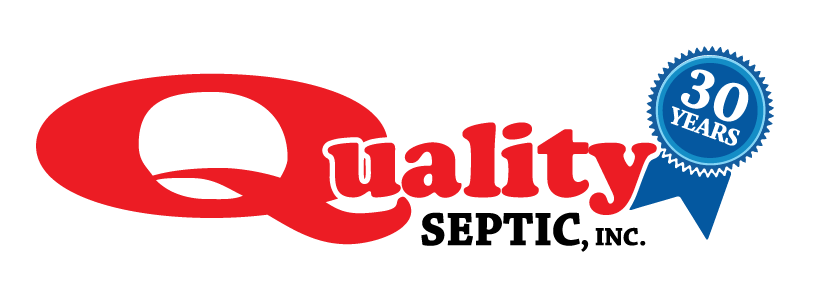 Making the leap from urban living with a public sewer system to a more rural setting with a septic system can be a significant adjustment for many homeowners. While both systems manage wastewater, they operate quite differently. Here’s what you need to know when transitioning from a sewer system to a septic system:
Making the leap from urban living with a public sewer system to a more rural setting with a septic system can be a significant adjustment for many homeowners. While both systems manage wastewater, they operate quite differently. Here’s what you need to know when transitioning from a sewer system to a septic system:
Understanding the Basics:
Clarify the fundamental differences between a sewer system and a septic system. In a sewer system, wastewater is transported to a centralized treatment facility, whereas a septic system treats wastewater on-site.
Responsibilities of the Homeowner:
With a septic system, the homeowner is responsible for maintenance and repairs, unlike a sewer system managed by municipal authorities.
Regular Pumping and Inspections:
Schedule septic tank pumping every 3 to 5 years to prevent backups, odors, and costly repairs.
Mindful Water Usage:
Be mindful of water usage to prevent overloading the septic system and potential inefficiency or backups.
Proper Disposal Practices:
Avoid disposing of harsh chemicals, grease, oil, and non-biodegradable items down the drain to maintain the natural treatment process.
Transitioning to a septic system requires a shift in mindset and habits, but it offers greater independence and environmental sustainability. Understand the differences between the two systems and follow proper care guidelines for the longevity and efficiency of your septic system.
Contact Quality Septic Inc. at (813) 576-2546 for advice or to schedule septic maintenance for your home.
